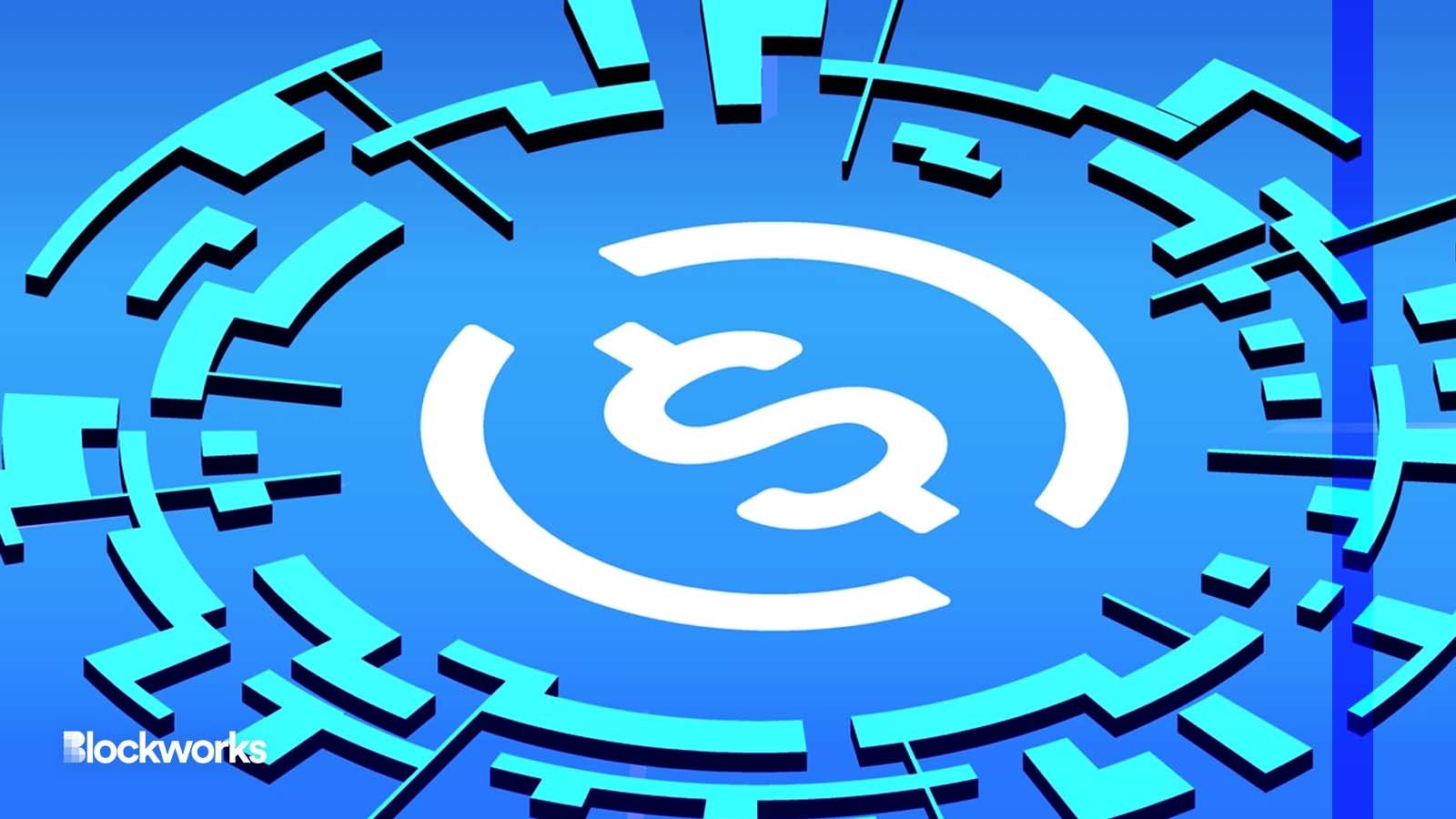Circle’s liquidity coverage is about double US banks, chief economist says
The liquidity coverage ratio for USDC is somewhere between 200% and over 800%, chief economist Gordon Liao says

Vladimir Kazakov/Shutterstock modified by Blockworks
USDC’s outflows were averaging around $25 million a day through August, but Circle’s chief economist says that the stablecoin provider is maintaining better liquidity coverage than most US banks.
“We observe that liquidity coverage ratio, or equivalence to liquidity coverage ratio, for USDC is somewhere between 200% and over 800%, depending on what you actually use,” Gordon Liao, chief economist at Circle, said during a recent webinar. “We use empirically, the worst observed 30-day outflow rate…we still observe a liquidity coverage ratio of roughly 200%, which is double of what typical banking requirements are and what some of the typical US banks hold.”
USDC’s market cap has dropped more than 8% since late June. Its trading volume has decreased about 67% in the same period of time.
“Market pricing is subject to liquidity constraints of intermediaries, subject to market-maker conditions,” Liao said. “We’re used to seeing historically some fluctuations in the prices. But it is largely due to the fact that it is a very illiquid market.”
Plus, the traditional banking system still has some control over the stablecoin provider’s ability to meet redemptions, but Circle has been able to satisfy redemptions.
“Of course, we’re subject to the functioning of the fiat banking rails, so on a week where fiat banking rails are down, there is no way to actually do that redemption to fiat,” Liao added. “The overall cycle has processed over $300 billion of redemption requests over the last five years, which is very meaningful and that has shown how robust the system is,” he said.
In terms of the overall stablecoin landscape, blockchain transactions have the potential to disrupt the payments landscape and create a safer and more structured ecosystem.
“Blockchain has its own exchange, market integrity, efficiency and cost,” Liao said. “And in terms of market integrity, the secure and transparent ledgers for recording transactions make it more difficult for market participants to engage in fraudulent activities.”
Start your day with top crypto insights from David Canellis and Katherine Ross. Subscribe to the Empire newsletter.





